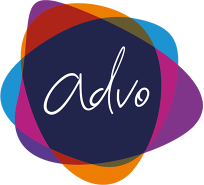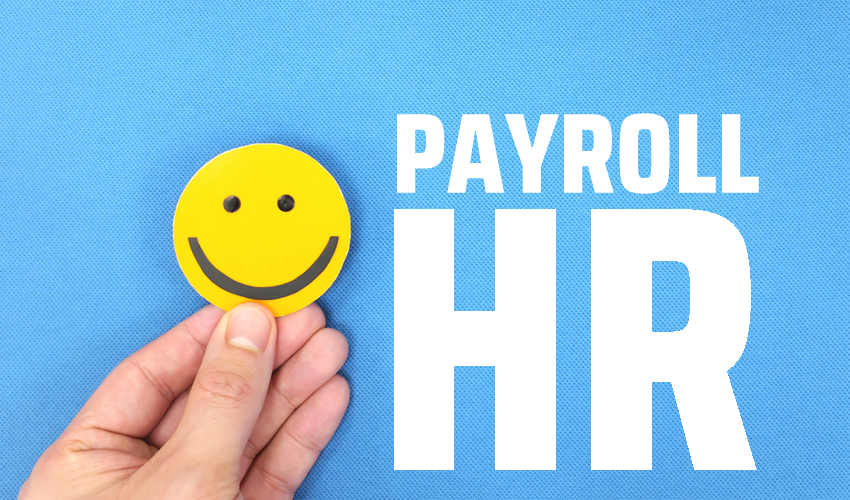Advo’s Commercial Director, Chris McCracken puts a spotlight on the symbiotic relationship between HR & Payroll.
In the past, payroll often sat squarely within finance or bookkeeping departments, viewed primarily as a transactional function concerned with numbers, deductions, and deadlines. But today, especially within UK businesses, the role of payroll is shifting – increasingly intertwined with HR, and far more strategic than it once appeared.
Payroll-HR Alignment: A Natural Fit
This evolving relationship is no accident. Payroll is no longer just about paying people accurately and on time, though that remains critical. It’s also about interpreting and applying increasingly complex legislation, employee entitlements, and policy changes: areas where HR naturally plays a leading role.
Take statutory maternity pay (SMP), for example. It’s not just about issuing the correct payment. It’s about triggering a series of people-centric actions – communicating entitlements, planning maternity leave cover, supporting the return-to-work process, and ensuring that line managers are informed and equipped. Payroll may initiate the payment, but HR drives the wider employee experience.
Similarly, with Statutory Sick Pay (SSP), there’s more at stake than a reduced payslip. Effective HR integration ensures a coordinated response: wellbeing support, absence management, occupational health referrals, and legal compliance under the Equality Act. Without close collaboration, opportunities to support the employee and manage risk can be missed.
Beyond Compliance: Unlocking Business Value
Today’s payroll systems also hold valuable people data that can inform HR strategies. High overtime rates might signal a resourcing issue. Late submissions or errors could point to process breakdowns. Gender pay gaps, pension uptake, or patterns in deductions can all highlight cultural or operational insights.
As the workforce becomes more flexible, with remote work, gig contracts, and varied reward structures, the case for aligning payroll with HR strengthens. Bookkeepers and accountants may not always have the remit or visibility to manage these complexities alone.
Technology and Integration Are Driving Change
Cloud-based HR and payroll platforms are accelerating this shift. Businesses can now automate entitlements, generate alerts for policy triggers (like probation reviews or national minimum wage compliance), and track workforce changes in real time. But these tools only deliver value when payroll and HR teams work together.
What This Means for Employers
For employers, this evolving dynamic means that the days of treating payroll as an isolated finance function are numbered. Instead, the future is collaborative, data-driven, and people-focused.
Whether it’s managing parental leave, facilitating flexible benefits, ensuring auto-enrolment compliance, or navigating the complexities of IR35, aligning HR and payroll creates a joined-up approach that improves both compliance and culture.
In Summary
Payroll is no longer just a financial transaction – it’s a people process. And that’s why it belongs alongside HR.


